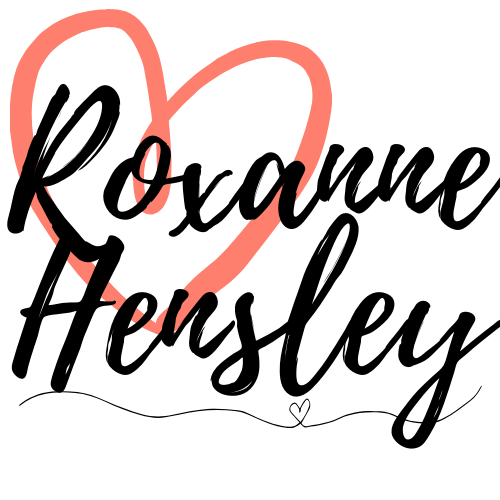There’s a great divide among creative writers on how to effectively complete a body of work. Is it better to plot, or fly by the seat of your pants when it comes to writing a story? There are tons of books and compelling texts that support both sides of the argument, leaving one wondering which truly is the best way to finally write a novel.
Typically, truth lies somewhere in the middle of any argument, with both sides having compelling information and facts to back up their stance in the debate. But if you’re finding yourself caught in the crossfire, sitting on the fence, unsure of where you belong, here are some questions to ask yourself to help you discover what’s write for you!
Do You Prefer to Plan Things Out, or Be Spontaneous?
Generally, people tend to be planners, or they’re spontaneous. If you’re not sure which one you are, think about your last vacation. Did you have a detailed itinerary of what you would do each day to help maximize your time? Or did you have a general idea of things you wanted to see, but no set schedule, allowing yourself to plan day by day as it came? How you approach a vacation could be a good indicator of which camp you’ll fall into as a writer.
Do You Need to Know Where You’re Headed, or Prefer to be Surprised?
Think about the latest story idea that’s tumbling around in your mind, waiting to be polished. At the idea of sitting down to write it, do you need to understand where the story is going, including how it will end and all the steps along the way, before you start? Or do you just need to have a gist of who your characters might be and an initial event to get you typing? Plotters like to have all the details ironed out before they start a project, making it easier to write a story. This typically is planned in an outline, which leads us to the next question…
Does the Idea of an Outline Make You Giggle with Glee, or Break Out in Hives?
An outline helps plotters figure out the answers to the big W questions (who, what, where, when, why and how), allowing them to maximize their butt-in-chair time. Since they know exactly what they’re writing and why, it eliminates the time staring at a blank screen, waiting for the muse to strike. If the idea of figuring everything out, and having a trusty roadmap to refer back to, makes your inner muse want to run in the opposite direction screaming, don’t feel bad. If that’s the case, you may be a pantser, and would prefer to listen to the voices in your head, letting them tell you what they want to say and where they want to go.
What About the Truth in the Middle?
Maybe you read through the three questions above and you’re still on the fence, not seeing yourself in either camp. This is where I find myself, unable to side with either stance. Welcome to Hybridland, where sometimes you’ll know exactly where you’re headed, and other times you’ll be slack-jawed in amazement, wondering how in the world you arrived at that particular point in your story.
I always thought of myself as someone who likes to have some form of structure before I start a project. I tried for years to complete drafts of stories using detailed outlines, only to find myself losing interest in them once I knew all the detail of those big W’s. The magic was gone, and I almost felt like I’d already written the story, even though I didn’t have a manuscript to show for it.
I heard somewhere (I can’t remember who said it) that writing and plotting a first draft is like driving your car in the dark: you only need to focus on what lies in your headlights. As you continue to drive down the road, additional details come into focus, and you continue this way until your story is completed. When I heard this, a light bulb went off for me. I only had to plot and plan whatever was in my story’s headlights. Hallelujah!
With this approach, I was able to complete a rough first draft of a novel in less than three months. The idea I used had been plotted to death over the course of ten years, shelved over and over again for “missing something” I couldn’t put my finger on at the time. Through much trial and error, I finally found a process that worked for me, and I hope you’ll find the same.
When in Doubt, Try Things Out
If you’re still unsure which camp you’re gravitating toward, try working a detailed outline for your latest idea to see if it gets your fingers typing. If you feel stifled by the outline, try getting in tune with your characters, letting them dictate to you where they want to go. You can always try both and only view what’s in your headlights as you drive down the road toward your story’s end. Either way, tell your story, and tell me how you finally got it done. I’d love to hear from you!

